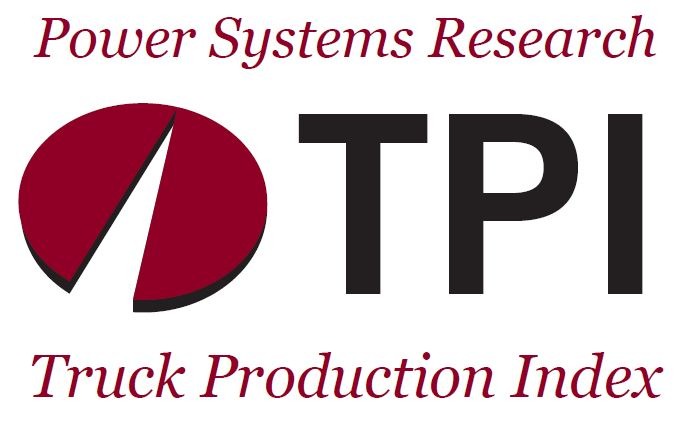St. Paul, MN (July 13, 2022)— The Power Systems Research Truck Production Index (PSR-TPI) increased from 104 to 116, or11.5%, for the three-month period ended June 30, 2022, from Q1 2022. The year-over-year (Q2 2021 to the Q2 2022) loss for the PSR-TPI was, 130 to 116, or -10.8%.
The PSR-TPI measures truck production globally and across six regions: North America, China, Europe, South America, Japan & Korea and Emerging Markets.
This data comes from OE Link™, the proprietary database maintained by Power Systems Research.
Global Index. Global medium and heavy vehicle production is expected to decline by 10% this year primarily due to a drop in demand in China and Eastern Europe. However, a slowing global economy will also place pressure on demand moving forward.
All Regions. Medium and heavy commercial vehicle production will be mixed this year due to a variety of issues. In China, truck and bus overcapacity will hinder demand while the Russian-Ukraine war will significantly impact demand and production in Eastern Europe. Global supply chains will remain a problem through at least the end of this year for all regions. There is critical concern about major slowdowns in the North American and European economies as a direct result of higher fuel prices and inflation which does not appear to be going away anytime soon.
Read More»




